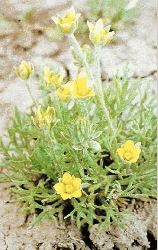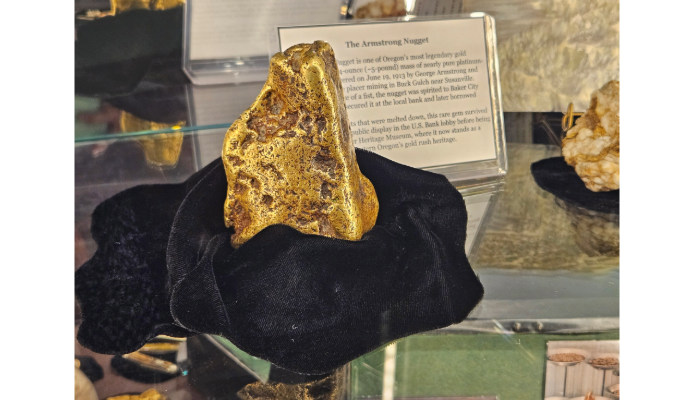Behold Baker’s buttercups(the bad ones)
Published 12:00 am Tuesday, April 8, 2008

- Bur buttercup is pushing through the soil throughout Baker County. Weed supervisor Arnie Grammon says now's the time to get rid of the noxious weed. (Submitted photo).
It’s spring, and the buttercups are emerging.
Trending
But not the kind of buttercup Baker County Weed Supervisor Arnie Grammon wants to see.
All over Baker County, Grammon said he is spotting increasing signs of bur buttercup, a winter annual noxious weed that will present landowners problems later this summer if they don’t act now.
Originally from southeastern Europe, bur buttercup is a member of the buttercup family and grows 2-5 inches in height.
Trending
In early spring, bur buttercup sends up narrow-leaved stems tipped by solitary, yellow-petaled flowers. By mid-spring it forms sold 3-to-4 inch mats.
According to Grammon, by summertime, bur buttercup gains spiny seed heads.
andquot;When the seed head dries out, it becomes hard and sharp, regularly lodging in shoes, bare feet, animal pads, clothing and even bicycle tires,andquot; Grammon said. andquot;Overall, it is a definite pain.andquot;
Bur buttercup can be toxic to livestock, especially sheep and horses. Problems arise when there is little alternative forage, and animals are forced to consume large quantities.
With sufficient springtime moisture, bur buttercup can spread out onto range and pasturelands.
andquot;Bur buttercup can be controlled, but action is needed before it flowers and drops seed,andquot; Grammon said.
Which means getting after the problem pronto.
In its late-winter seedling stage, bur buttercup is susceptible to foliar-applied herbicides like glyphosate, Weedmaster or 2,4-D.
andquot;Use glyphosate only as a spot-treatment, as it will kill non-target, preferred vegetation if (one is) not careful,andquot; Grammon said.
Solid stands of competitive grasses and other forbs andquot;will not allow bur buttercup to gain a foothold,andquot; Grammon said. andquot;If you’d rather not spray, digging will work, but can be labor-intensive.
More information on control methods is available by calling Grammon at 523-0618.









